This is a quote (from somewhere.) I’m sorry to say I can’t remember where I read it. But it’s so significant that I want to make it my email signature, or my facebook cover, or my license plate. (So it's pretty important.) How do we turn nonreaders into readers? This is one of the most powerful ways. By setting a model example yourself. This goes for teachers and parents. It’s not really fair to try to get kids to read or love to read if you don’t actually read or love to read yourself. They aren’t buying it. I have to admit, even as much as I love to read I don't do it enough. I don't do it as much as I expect my students to. (I guess that's not true. I read all day long. And reading is still reading. But I read nonfiction articles online, nonfiction professional literature, blog posts, news articles, and facebook posts.) But that is a completely different type of reading. And I can't use that type of literature to share and motivate 4th and 5th graders to read. (Hey I just read the most awesome facebook post the other day. You should check it out.) No. Won't work. I'm talking about reading for the pleasure of reading: for getting lost in a book, in a different world, in a narrative structure, in a setting unlike one I've ever known, becoming a character I've never met yet feel like I've known my entire life. I want to read and get lost in a book and forget where I am and feel like I've just watched an amazing movie, and when I realize I am me and not the character I'll feel astonished at how much time has slipped by in the day and how many pages I've turned in the book. I want to read to feel better. I want to read to escape when I feel stuck in life. And I want to read to feel changed as a person. You can't get all that from scrolling through status updates. (Even the really good ones.) So this upcoming year, I've got some ideas brewing to Create a Community of Readers. And it begins with the adults. The 25 Book Challenge This year our school is taking part in a 25 Book Challenge. We are challenging students to read 25 award-winning or best selling books. But since we are asking them to do it, it’s only fair that we do it as well. Plus, it will make us better readers, more knowledgeable about books, more enthusiastic about books, and we will be able to share and recommend books more authentically to our students. (We got this idea from the 40 Book Challenge from The Book Whisperer, Donalyn Miller. But we are starting out small this year and beginning with 25.)
Helping Students Find Books Sometimes just finding the right book is all it takes to realize you are a reader. And I think finding them is a strategy we don’t often teach. Becoming part of a community of readers is the first step I think. But I was trying to figure out other ways for students to learn about other books. New York Times Best Seller List Bulletin Board This may be a bit ambitious, but I thought it would be really awesome to have a changing bulletin board. Every Monday, the new updated New York Times Best Seller List would be posted for students to see what is still on the list and what other books have made it. I’m sure I could convince some really good go-getter students to take charge of this. New York Times Best Seller List Middle Grade http://www.nytimes.com/best-sellers-books/2015-08-02/childrens-middle-grade/list.html
Finding Award Winners I wish there was a site that visually displayed all award winning books. And I wish it were a searchable site. I’m disappointed that the Newbery site doesn’t have the cover of the books displayed. It just seems that it would be much more appealing for students to search award winning books by the cover that included a short blurb about it. Anyone know of any sites about there? For the time being, I've posted links below to different book awards sites. Having students know where to find award winning books would be really helpful. Having a display of them would also be great for students to see. If you can think of other awards or such a site, please comment below. I know there are some great boards on pinterest for this. Perhaps I need to create my own. (*I’m not purposefully leaving out such awards as Caldecott or Geisel Award or those specifically for Young Adult, but I am particularly interested in books for 4th and 5th graders which is why I didn’t include them on this list below.) Newbery Award (Given to the author of the most distinguished contribution to American literature for children.) http://www.ala.org/alsc/awardsgrants/bookmedia/newberymedal/newberyhonors/newberymedal Scott O’Dell (Historical Fiction) www.scottodell.com National Book Award http://www.nationalbook.org/nbawinners_category.html#cb Edgar Awards (Mysteries) http://www.theedgars.com/nominees.html#juv Children’s Choice Book Awards (Only national book award where the winners are chosen by children.) http://ccbookawards.com/ Coretta Scott King Book Award (Outstanding African American authors and Illustrators.) http://www.ala.org/emiert/cskbookawards Schneider Family Book Award http://www.ala.org/awardsgrants/schneider-family-book-award
The Power of Read Alouds Lastly, one amazing way to spread the love of reading is through reading aloud even to 4th and 5th graders. Here is an amazing post about one teacher reinstating the read aloud in her classroom and why it isn't the first thing to go when pressed for time. http://teachinginroom6.blogspot.com/2014/04/reflections-on-read-aloud.html Current Chapter Current Thoughts While doing a class read aloud, this is a fantastic way to show students' thinking and engagement. http://teachinginroom6.blogspot.com/2015/02/spotlight-on-read-alouds.html?utm_source=feedburner&utm_medium=feed&utm_campaign=Feed:+TeachingInRoom6+(Teaching+in+Room+6) Do you have any other ideas for loving books, knowing books, and sharing books? Please comment below and let me know.
One of the key things an editor or agent looks for is a strong author's voice and strong distinctive voices for their characters. Way back in May, I started a series of posts on the essentials of craft in writing for children. This post on voice (and language) is the final post in that series. Here are the earlier ones: Character Driving Plot http://www.childrensbookacademy.com/mondays-with-mandy-or-mira/character-driving-plot The Pleasures of Plot http://www.childrensbookacademy.com/mondays-with-mandy-or-mira/the-pleasures-of-plot-and-a-hello-from-kelly-delaney Pacing http://www.childrensbookacademy.com/mondays-with-mandy-or-mira/pacing-picture-books-with-mira-reisberg One of the parameters of writing a blog is keeping it short, so in honoring those parameters, I'm going to keep it as short as I can and offer folks the opportunity, until August 10th, to purchase a much more in-depth mini-intensive on voice for the incredibly low price of $19.97 right here! So here goes for the blog length post on voice: Author's Voice An author's voice is the distinctive way that they tell their stories. Some writers use directive-laden, fast-paced language with active verbs and short staccato sentences. Others spread their language out over time and space with long languid sentences and multisyllabic words. Some authors are masters of metaphor and simile infusing their writing with all sorts lyrical language devices like alliteration, assonance, consonance, rhythm and repetition. Others use humor and wordplay and puns to tickle their readers funny bones, while others write in a way that drips in irony and British sounding propriety. This is the author's voice, which manifests in how the author uses language - how they construct sentences, where they place them, and which actual words they use. Character's Voices The author creates their character's voice by getting to know them really well. Once they know their characters intimately-how they move, dress, think, their backgrounds and cultural influences, the kind of language that they use, their interests, passions, fears, and flaws, favorite words and expressions etc., then they know how to channel how their characters talk and act. In other words, how they talk and react to situations, how they move through the story, how they express their feelings through words, actions, and physical mannerisms with distinctive verbal and/or physical quirks and gestures. This is character voice. If you'd like to learn a whole lot more about developing strong voice, click here to enroll for the mini course for only $19.97 until August 10th! Comments and shares are much loved :) 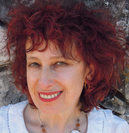 Mira Reisberg has helped MANY authors and illustrators get published. She has worn just about every hat in the industry including art director, editor, illustrator and author, and literary agent. Mira holds a PhD in Education and Cultural Studies with a focus on children's literature. She is also an award-winning children's book illustrator and writer. And most of all she loves nurturing her own and others creativity.
We typically read the book first and then as a "reward" or a "comparison activity" we watch the movie. However, watching the movie first can actually be a really great scaffold for those reluctant readers, because as we know the books are almost always better than the movie. So if they loved the movie, they will most likely love the book too. But it can also provide some readers a scaffold for reading a book that may be slightly above their reading level. If they already have some background knowledge for the plot of the movie, it may be easier for them comprehend.
So if you have a student or child that is a reluctant reader, give the movie a try first and then read the book! Which book turned movies are your favorite? I'm usually really good about getting my blog posts in on time but with 3 course critiques today and our course webinar with Kelly Delaney tonight, I'm a bit overwhelmed and I goofed preparing a post on a topic that's already been done. Plus I was a bit disheartened by the zero comments on my last post :( I know that there's a ton of info out there but just a wee thanks or this was helpful comment makes a huge difference. So enough with the guilt. :) Instead I'm going to write a wee post on why attending big arena conference exhibits like ALA (American Library Association) and BEA (Book Expo America) are fabulous. You don't need to pay for the whole conference, just the exhibits, which can range from $30-60 depending on where it is (but well worth the money). I always prepare in advance by going to the website and making a list of who I want to see where in terms of publishers and another list of authors and illustrators who are signing at the same times and order it by location (booth rows and numbers) and time. I also bring a big book cart on wheels. So here are the big bennies! You get to:
And for my final tip, if you can, go on the Monday when the publishers are giving away most of their books rather than shipping them back. Wahoo! Talk about excitement. If this was helpful, please leave a comment and share :) Yours in children's book love, Mira And if you are going, see you at the big SCBWI conference in LA beginning July 31st. After signing books at the Lee & Low booth. Gobs of fun with great people. Being a total blissed out fan girl with Lane Smith who was absolutely lovely xoxoxo
|
We are so excited to be mixing things up at CBA, beginning with some delicious additions to the Blogfish. Meet our awesome bloggers!!
Here's our lineup: 1st Mondays begin with former school psychologist Dr. Debra Collins who will be writing about Social emotional Learning in kidlit and behind the scenes as well as Jewish children's books. 2nd Mondays will feature super smart Melissa Stoller whose career is taking off with several new books. 3rd Mondays will feature our new blogger coming soon. 4th Mondays features new blogger, the fabulous Brentom Jackson, who has a beautiful approach to blogging. And 5th Mondays we'll be taking a break Archives
July 2024
|
|
Discover
|
About Us
|
Join Us
Join our Community and receive a fabulous free gift, KidLit tips, newsletters, scholarship info, contests, and more!
Join our KidLit Mentorship |
Social Media
Interact with our FaceBook Group or follow us on:
|
© 2010-2024 All content on this website is copyrighted. Sorry, all courses are non-refundable.
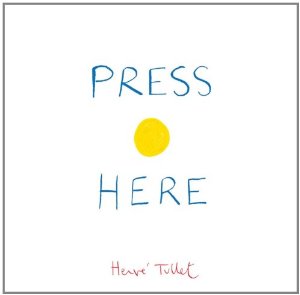
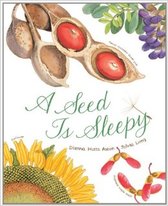
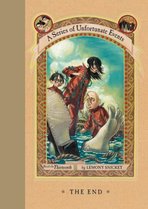
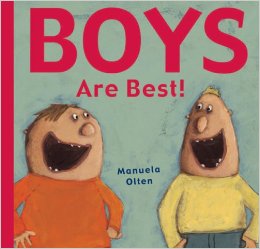
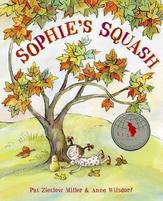
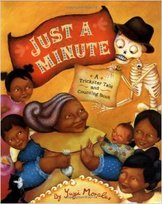
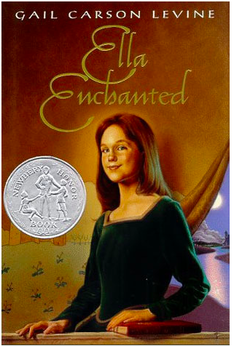
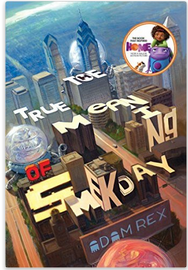
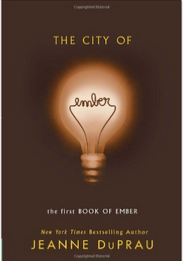
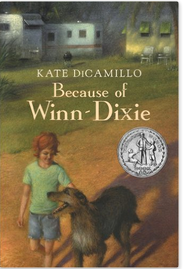
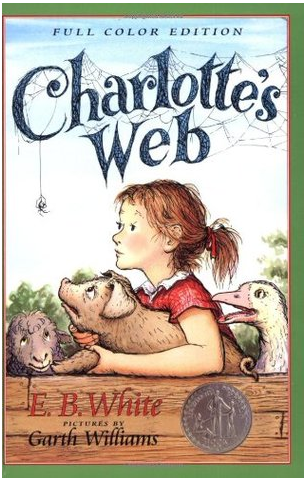
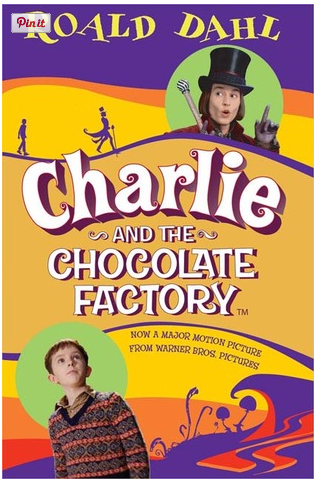
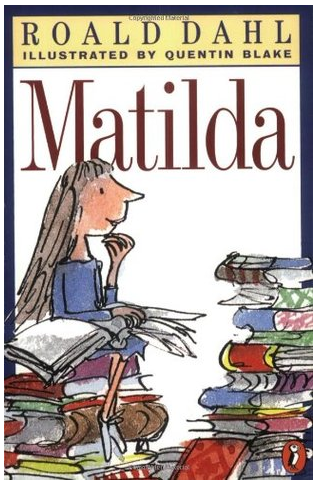
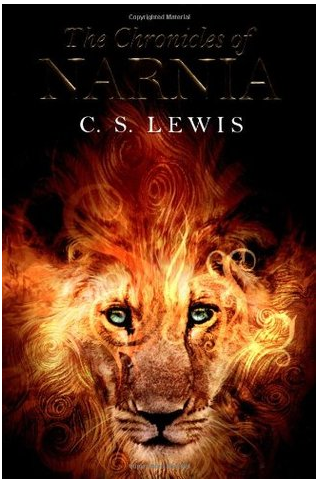
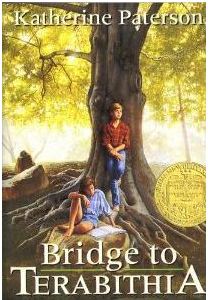
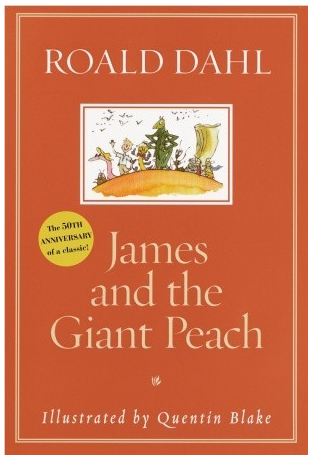
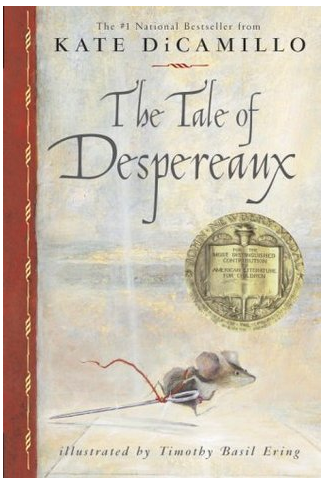
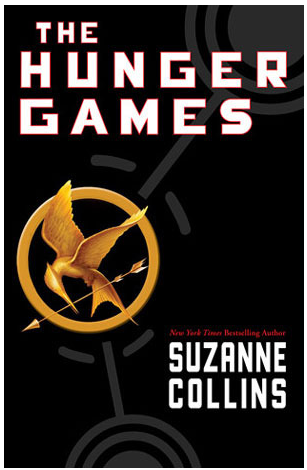
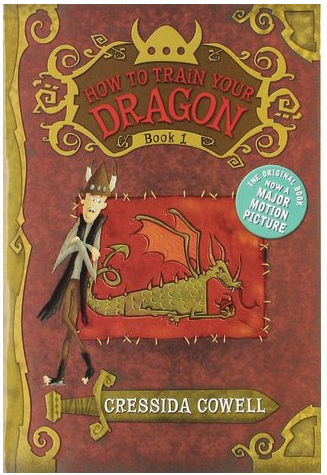
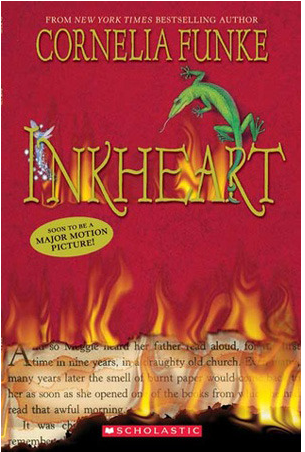
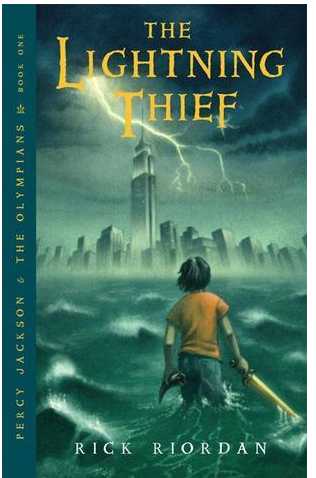
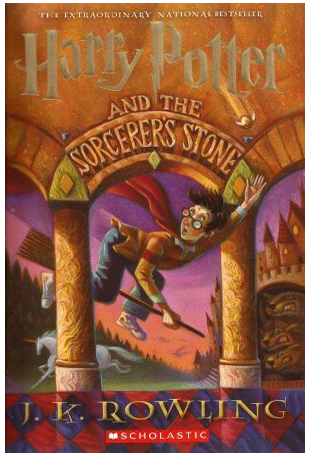
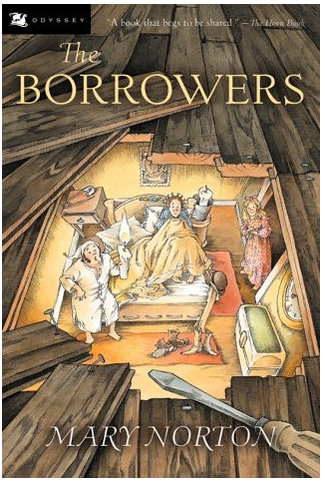
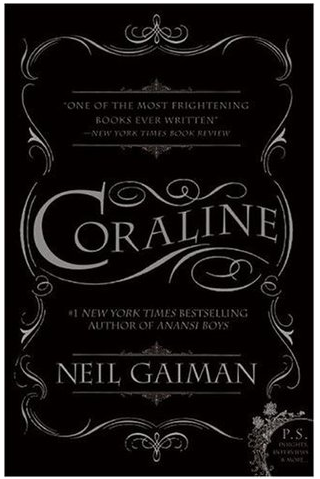
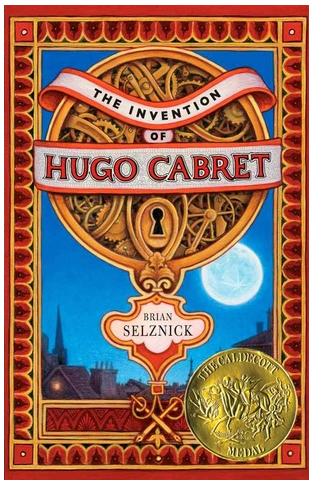
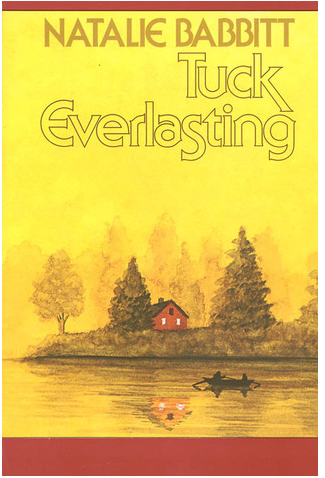
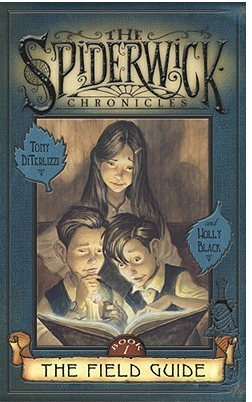
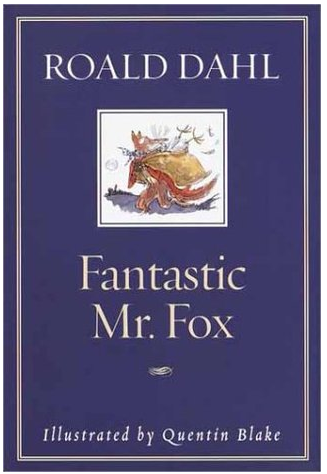
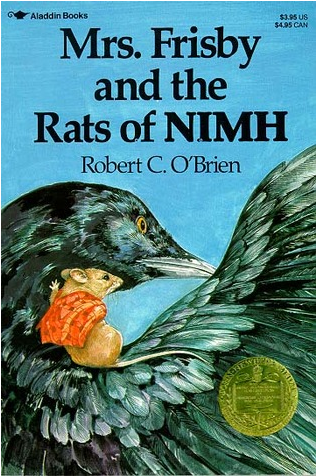
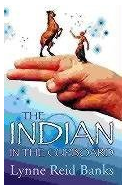
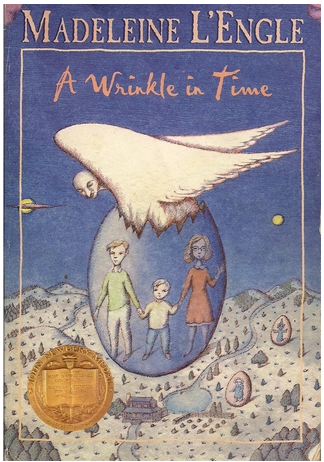
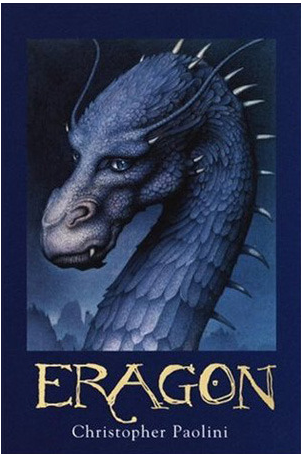
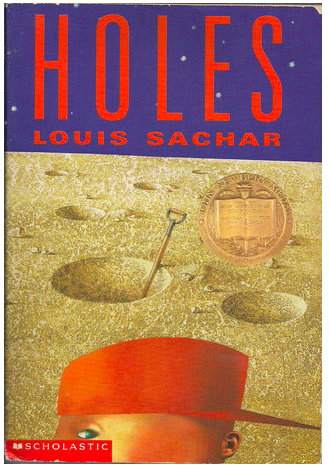
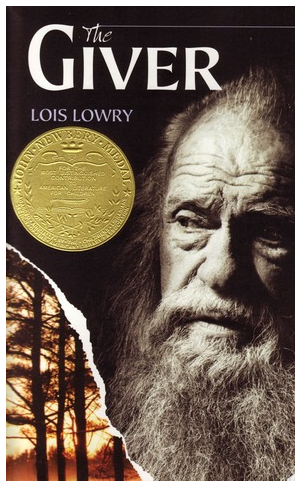
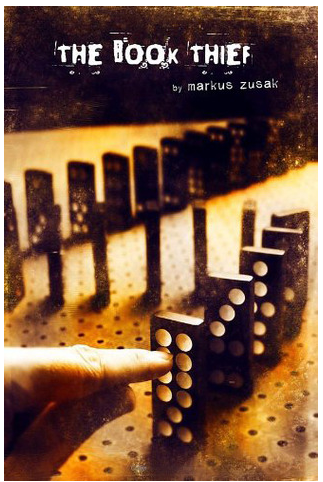
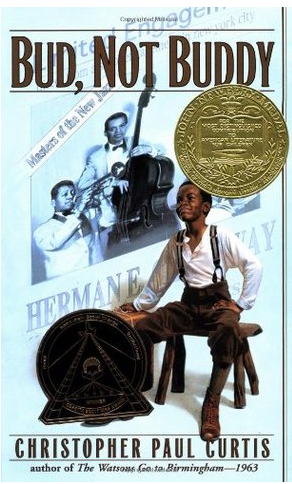
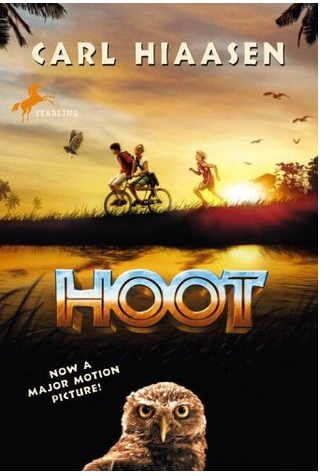
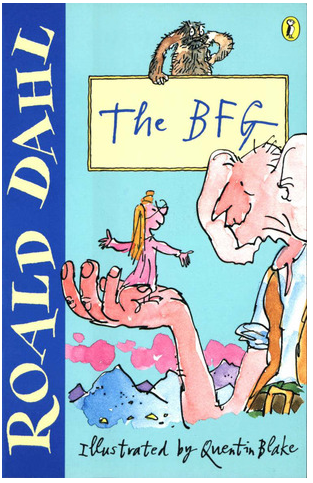
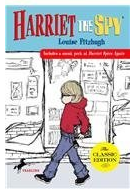
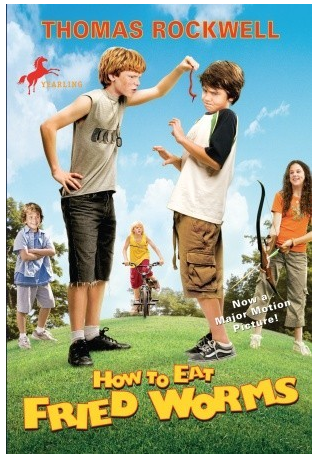
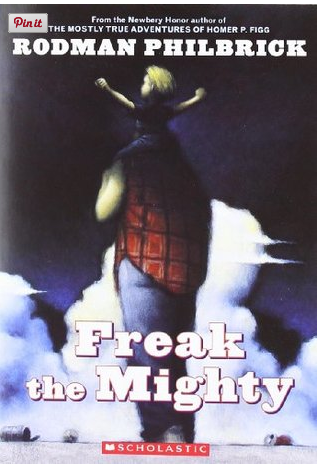
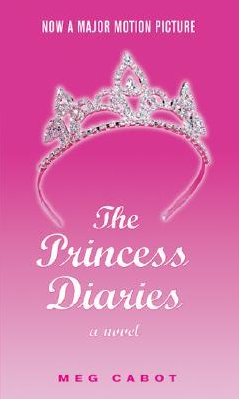
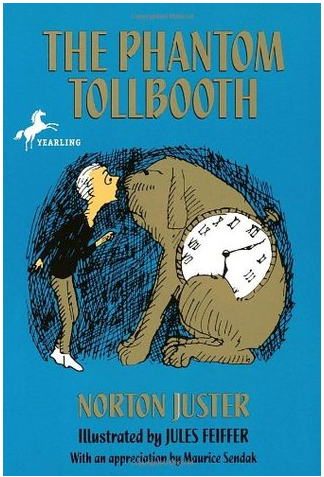
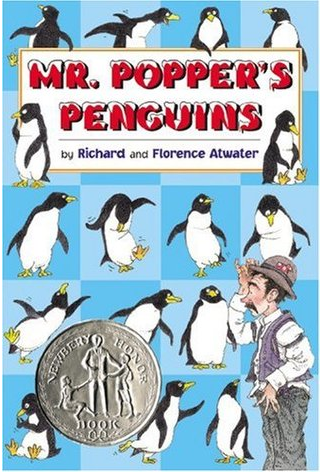
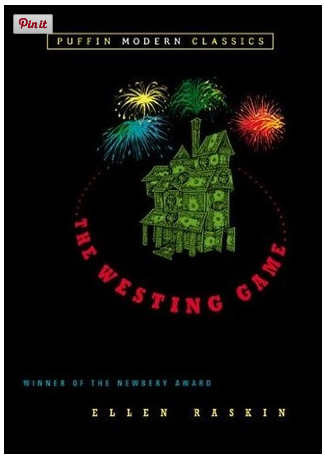
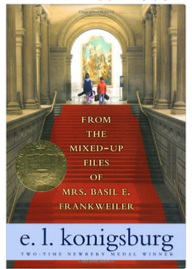
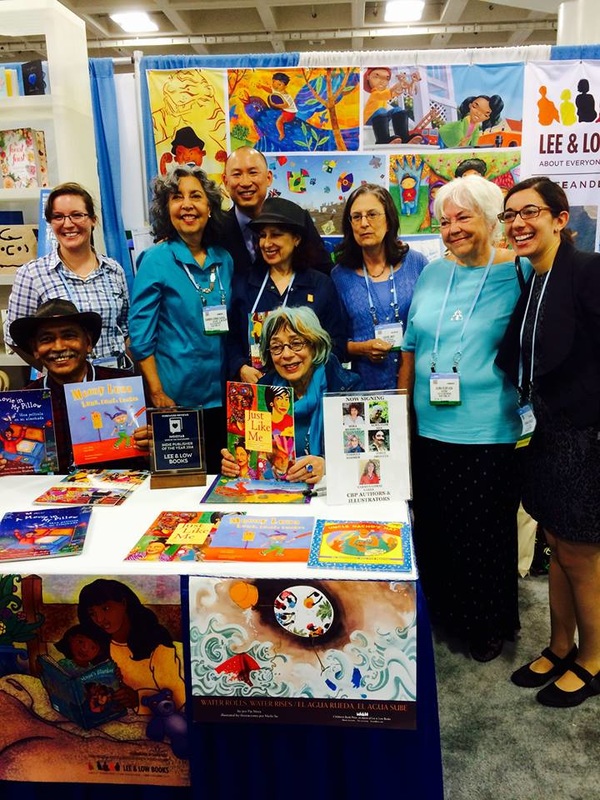
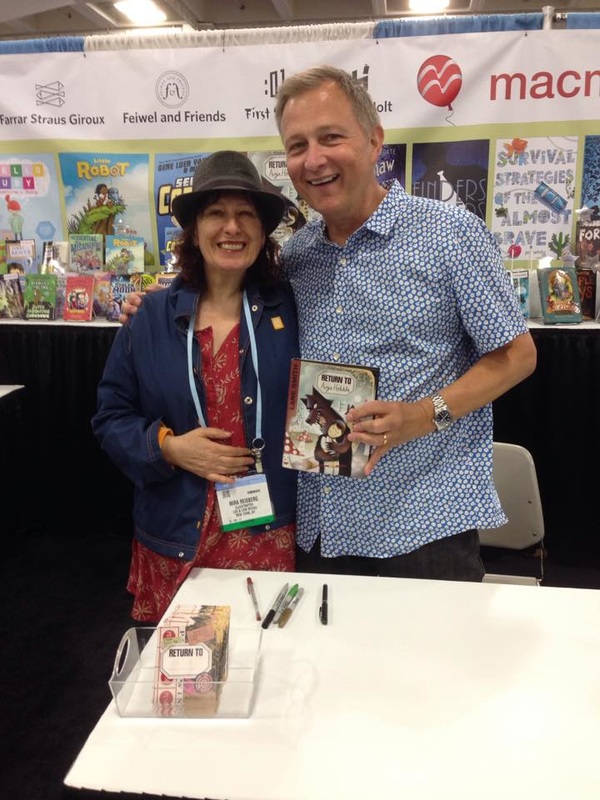
 RSS Feed
RSS Feed
